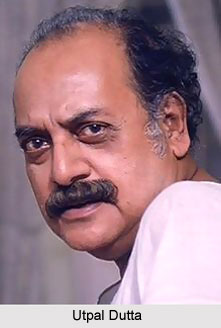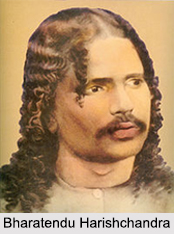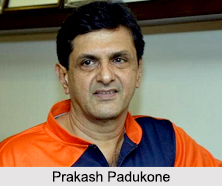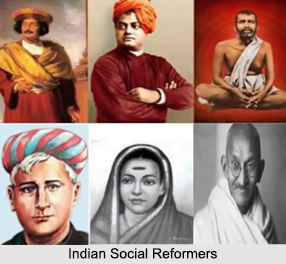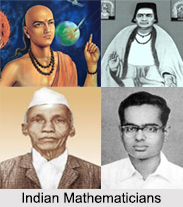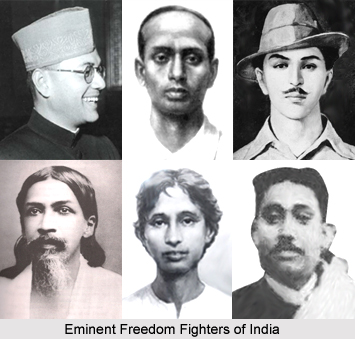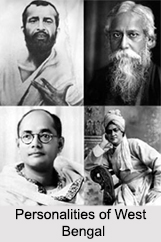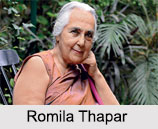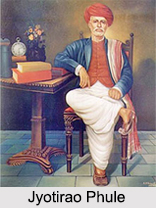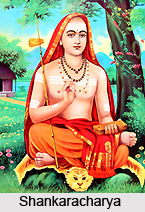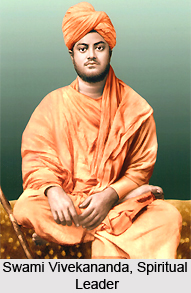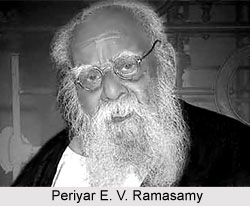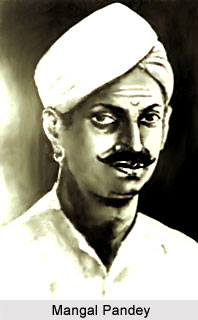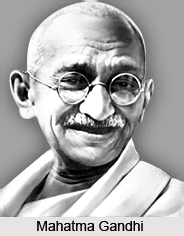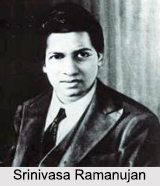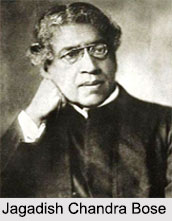Introduction
Asha Devi Aryanayakam was an Indian social reformer, freedom fighter, educationist, and devoted Gandhian. Deeply associated with Mahatma Gandhi’s Sevagram Ashram and Vinoba Bhave’s Bhoodan movement, she dedicated her life to the ideals of peace, education, and social reform. In recognition of her contributions to society, the Government of India awarded her the Padma Shri in 1954, making her the first recipient of the country’s fourth-highest civilian honour. Aryanayakam also authored two notable works, “The Teacher: Gandhi” and “Shanti-Sena: die indische Friedenswehr,” both reflecting her close connection with Gandhi’s philosophy and teachings.
Early Life of Asha Devi Aryanayakam
Ashadevi was born on 1901 at Lahore. Her father Phani Bhushan Adhikari and mother Sarjubala Devi were both educationists and devout, religious people who believed in the Bhakti cult. Her father was a professor in Delhi. She spent her childhood in Lahore and then later in Banaras, now Varanasi. There were good educational opportunities at Banaras but there was no Bengali medium school. Her mother taught her Bengali as well as music. She topped the list of successful candidates in matriculation. The newspaper reporters came running to get her photograph and details. But her father did not like publicity. He sent them back saying "It is the duty of every student to study. Higher marks should not be treated as a great achievement in life. Publicity is likely to make a student forget his or her duty." Her college education was also done at home.
A music teacher was employed for her. She loves reading, especially Bengali literature. During her B.A. examination, Ashadevi had trouble in one eye. The doctors suggested she must give rest to her eyes else she might be blind. She was in a dilemma. Finally, her mother found the solution. She read the lessons to her daughter. She passed in the first division. Government offered her a scholarship to go for higher studies in England. She was just sixteen years of age and her parents did not like to send her so far. She passed M.A., also in the first division, in Benares and became a lecturer in Women’s College at Benares.
Asha Devi Aryanayakam’s Contributions in Shantiniketan
Her family was close to Rabindranath Tagore and Shantiniketan was like their home. They were given a house near Uttarayan where Tagore lived. Tagore had to go to Europe and he entrusted Asha Devi to take charge of the girls at the Vishwabharati University, Shantiniketan, in his absence. So, she joined the staff at Shantiniketan. Ashadevi had become very popular in Shantiniketan and everybody called her ‘Didi’. At Europe, Tagore met E.W. Aryanayakam, a Jaffna Tamil (Asha Devi`s future husband), who was from Ceylon. Sri Lanka. Tagore recognized his talents and invited him to come to Shantiniketan. He became Tagore`s Private Secretary and also took part in all other activities at Shantiniketan. Tagore was responsible for Ashadevi and Aryanayakam’s marriage. A son and a daughter were born to them.
Asha Devi Aryanayakam’s Contributions at Sevagram in Wardha
In the serene atmosphere of Shantiniketan, Ashadevi heard
the call of Gandhiji. She understood that, at Shantiniketan, there was no place
for the children of the poor. So, she and her husband left Shantiniketan and
went to Sevagram in Wardha, where they first worked at Marwadi Vidyalaya and
then joined Bapu and became the main pillars of Nai Taleem. She followed the principles
of Sarvodaya education and joined the Hindusudhani Sarvodaya Sangh.
Asha Devi and Nayakamji at Sevagram
Affectionately known as “Nayakamji,” E.W. Aryanayakam shared Mahatma Gandhi’s belief that true education must blend practical skills with academics. He held that without learning a useful craft and linking it with intellectual pursuits, education would remain incomplete, neither enabling a child to reach their full potential nor shaping them into a responsible citizen.
Though Tamil was his mother tongue, Nayakamji was remarkably multilingual. He mastered English, became fluent in Bengali during his years at Santiniketan, and even gained a working knowledge of Marathi. His worldview transcended linguistic and regional boundaries, he felt equally at home across India and Sri Lanka, and indeed, never considered himself a stranger anywhere in the world.
In his personal life, Nayakamji adhered to a disciplined and
principled lifestyle. Both he and his wife, Asha Devi, embraced simplicity,
enriching the austere surroundings of Sevagram with the artistic and cultural
sensibilities they had absorbed at Santiniketan. Their strength was tested by
profound personal loss when their only son, Anandmohan, passed away in
Sevagram. Yet, instead of retreating into grief, the couple found solace and
purpose among the two hundred children studying at the Sevagram Basic School,
extending their affection and care to them as their own.
Asha Devi Aryanayakam as an Educationist
Asha Devi Aryanayakam was a dedicated woman who earnestly tried to remove ignorance and create a world full of knowledge, love and faith. She was always in search of new and innovative methods that would create interest in the minds of her students. She was attracted to Gandhiji’s methodology of Nai Taleem or Basic Education or learning by doing. She loved her students and they called her "Ma" or mother.
In the methodology of Nai Taleem, education does not become a burden for students and there is no need to mug up for examinations. In this scheme, the highly intelligent and the mentally retarded could all fit in.
After Bapu’s death Ashadevi went to Faridabad and took care of the refugees at Faridabad. She started schools for children. Vinobaji’s Bhoodan movement inspired her. Asha Devi Aryanayakam delivered a series of three lectures at the Jadavpur University under the Ministry of Education's Scheme entitled "Promotion of Gandhian Philosophy" on march 11, 12 and 13 , 1964. Her husband had an intense longing to go back to his village in Ceylon. There he had a heart attack and passed away on June 20 1968. After his death, she stayed at Sevagram. Ashadevi lost sight of her one eye owing to optic atrophy. She was taken to Nagpur, where she was diagnosed with lung cancer. She passed away in Nagpur on 30 June 1970.

